Archives
- 2025-12
- 2025-11
- 2025-10
- 2025-09
- 2025-03
- 2025-02
- 2025-01
- 2024-12
- 2024-11
- 2024-10
- 2024-09
- 2024-08
- 2024-07
- 2024-06
- 2024-05
- 2024-04
- 2024-03
- 2024-02
- 2024-01
- 2023-12
- 2023-11
- 2023-10
- 2023-09
- 2023-08
- 2023-07
- 2023-06
- 2023-05
- 2023-04
- 2023-03
- 2023-02
- 2023-01
- 2022-12
- 2022-11
- 2022-10
- 2022-09
- 2022-08
- 2022-07
- 2022-06
- 2022-05
- 2022-04
- 2022-03
- 2022-02
- 2022-01
- 2021-12
- 2021-11
- 2021-10
- 2021-09
- 2021-08
- 2021-07
- 2021-06
- 2021-05
- 2021-04
- 2021-03
- 2021-02
- 2021-01
- 2020-12
- 2020-11
- 2020-10
- 2020-09
- 2020-08
- 2020-07
- 2020-06
- 2020-05
- 2020-04
- 2020-03
- 2020-02
- 2020-01
- 2019-12
- 2019-11
- 2019-10
- 2019-09
- 2019-08
- 2019-07
- 2018-07
-
The efficacy of A in the ob ob mouse model
2020-10-05
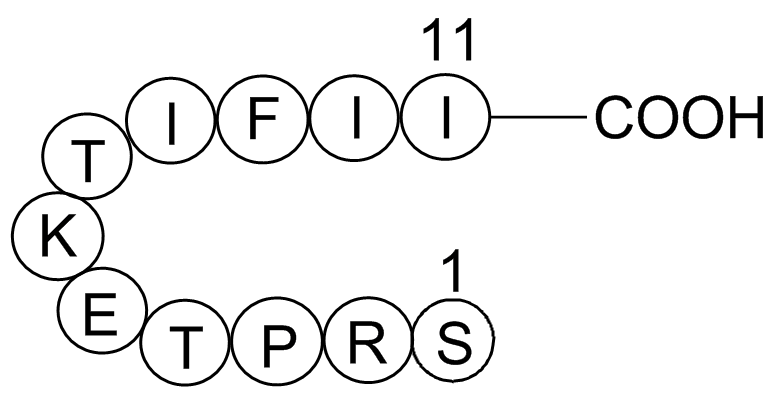
The efficacy of A-922500 in the ob/ob mouse model is of particular interest for two reasons. One of the most striking features of the DGAT-1 deficient mouse phenotype is the resistance to diet-induced obesity (Smith et al., 2000). However, Rapalink-1 of DGAT-1 in leptin deficient ob/ob mice failed
-
The conventional medical therapy for
2020-10-03
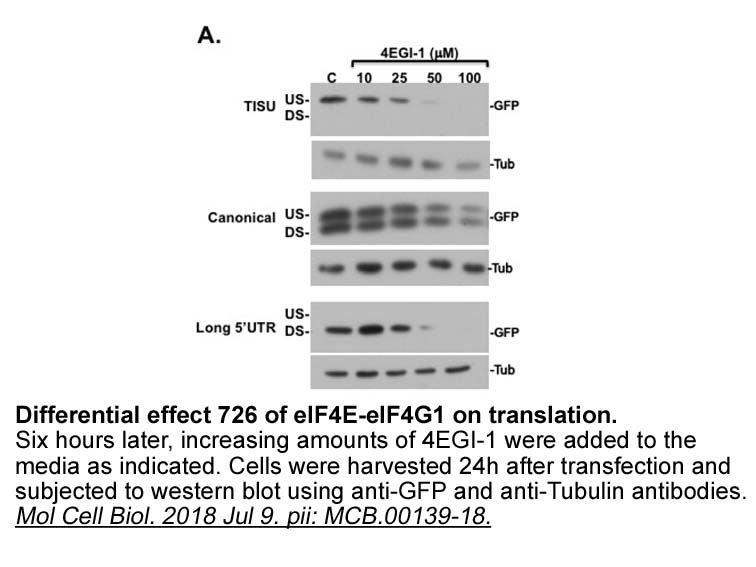
The conventional medical therapy for IBD consists in reducing the inflammatory response using various strategies that exert severe side-effects, a strategy that also decreases the risk of colon carcinoma [13], [14]. During the last decade, the activation of the cholinergic system has been proposed f
-
br Methods br Results br
2020-10-01
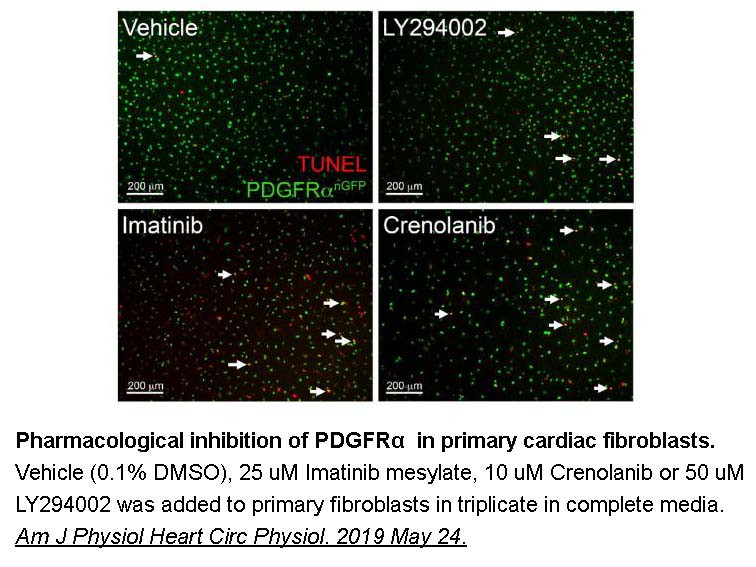
Methods Results Discussion There are two particularly important facets of the present ERK findings relevant to drug conditioning. One is the strong ERK signal observed in the medial prefrontal cortex and the nucleus accumbens during the immediate post-trial interval following the final cond
-
Moreover considering that several polyphenols
2020-09-30
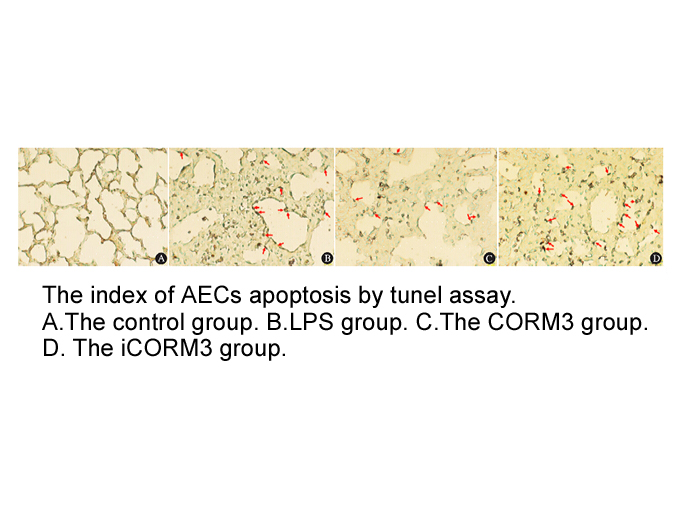
Moreover, considering that IKK-16 hydrochloride several polyphenols and flavonoids (i.e. chalcones, flavanones, resveratrol derivatives, ellagic acid) are reported to inhibit tyrosinase and elastase (Pillaiyar et al., 2017; Xing et al., 2016; Wittenauer et al., 2015), the relations between enzyme i
-
br Signaling of DDR receptor and its regulation Being
2020-09-30
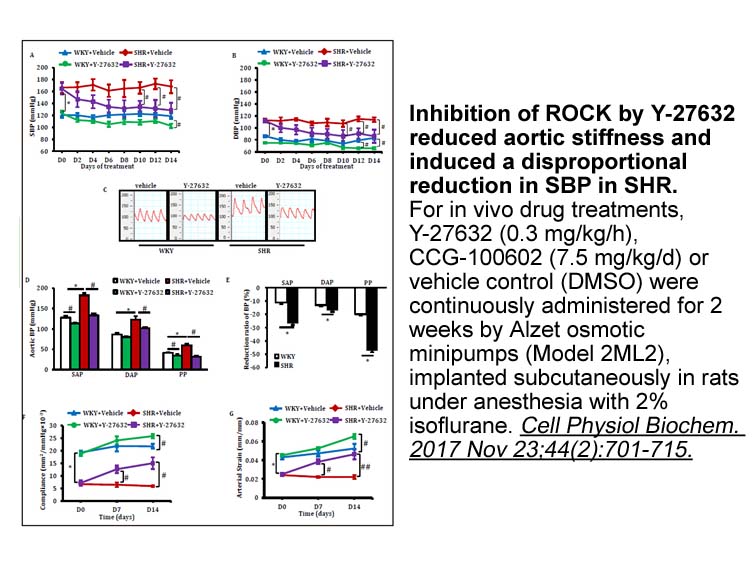
Signaling of DDR2 receptor and its regulation Being the tyrosine kinase receptor, downstream signaling of DDR2 receptor is initiated by phosphorylation of cytoplasmic tyrosine residue upon ligand binding (Type II collagen) but the authentic facts or detail information of tyrosine phosphorylation
-
br Experimental br Acknowledgments The work was supported
2020-09-30
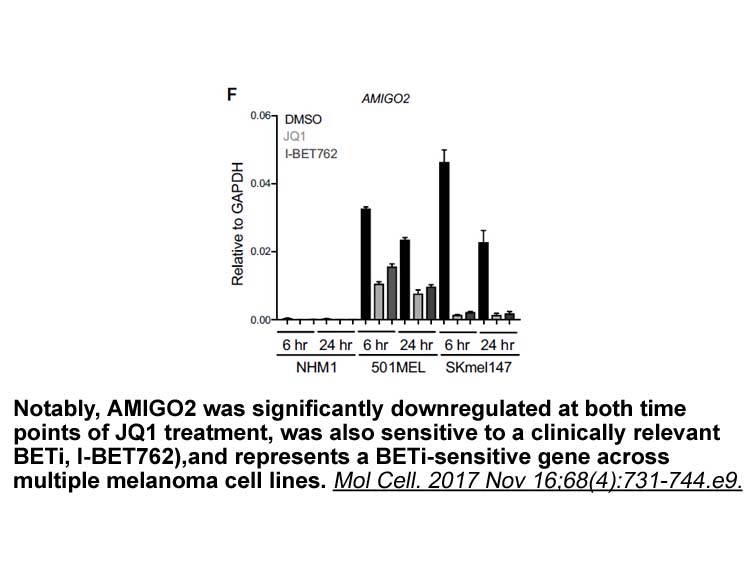
Experimental Acknowledgments The work was supported in part by the National Research and Development Plan (2017YFD0200506), the National Natural Science Foundation of China (21472062 and 31701820), 111 Project B17019, and excellent doctoral dissertation cultivation Grant from Central China Nor
-
Direct Mouse Genotyping Kit Valproic acid VPA is a
2020-09-30
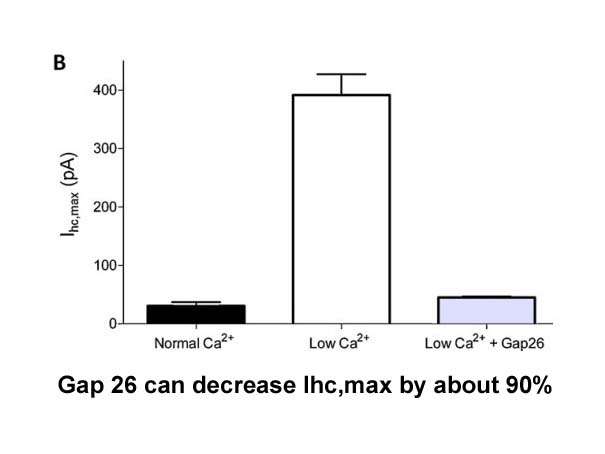
Valproic Direct Mouse Genotyping Kit (VPA) is a first-line treatment for epilepsy and bipolar disorder, although its therapeutic mechanism of action is not fully understood. Considerable evidence suggests that VPA can act through the GABAergic system, NMDA receptors, and/or sodium channels (for revi
-
Organometallic compounds exhibited remarkable potential for
2020-09-29
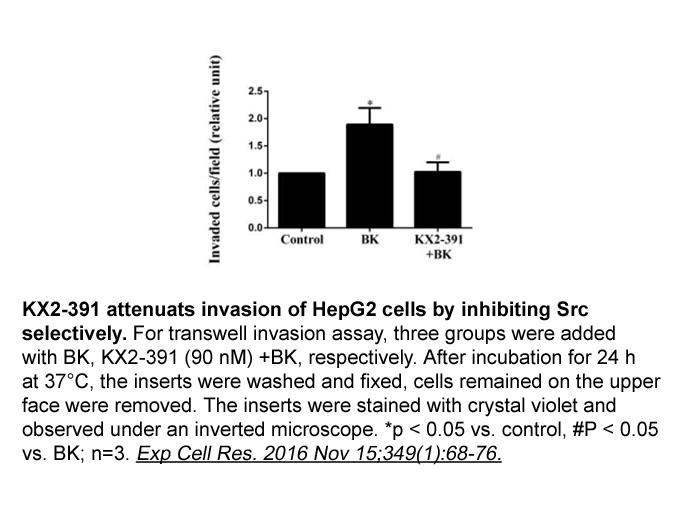
Organometallic compounds exhibited remarkable potential for the development of new cancer drugs not only due to the direct cytotoxicity but also to the drug targeting and active anticancer immune response ability [4]. Among the organometallic compounds, ferrocene is one of the most well-known compou
-
Sp family protein has been regarded as
2020-09-29
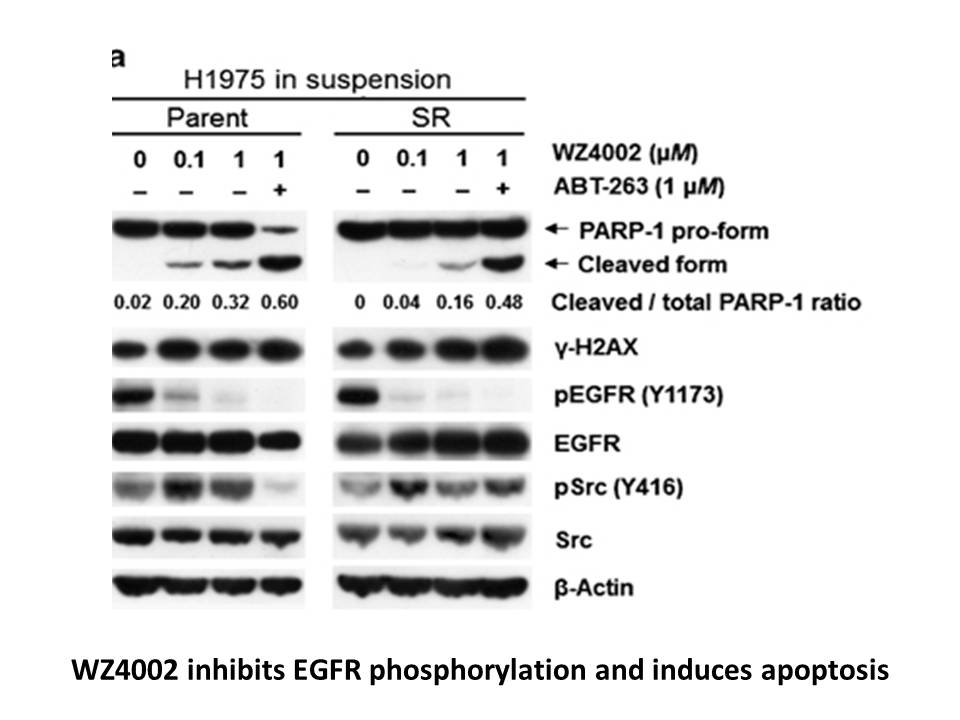
Sp family protein has been regarded as the housekeeping gene and is ubiquitously expressed. Although Sp family expression is regulated with some stimuli [17], [20], the total Sp family protein levels are not changed in most cases, as observed in our present study (Fig. 4). Constitutive binding of th
-
br Introduction In addition to the canonical double stranded
2020-09-29
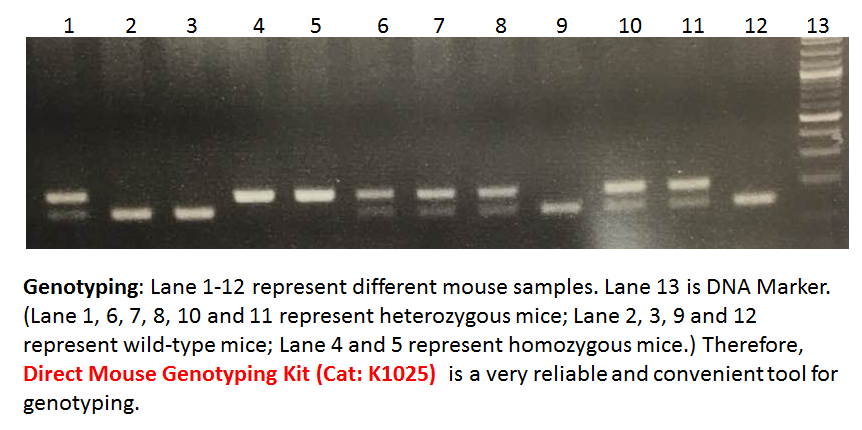
Introduction In addition to the canonical double stranded structure, DNA can form various higher order structures such as bulges, and various kinds of mismatches, triplexes, to the G-quadruplex (G4). Over the past decades, accumulating evidence has begun to emerge that these non-canonical structu
-
br Results and discussion A
2020-09-29
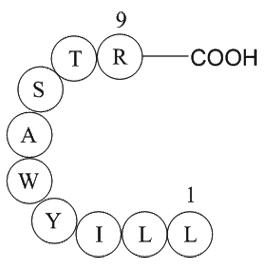
Results and discussion A systematic search for genes encoding H+-PPases was carried out by PCR using genomic DNA from a wide range of protozoa as templates and degenerate oligonucleotides, designed from amino cobicistat synthesis domains conserved in H+-PPases of higher plants and the proteobact
-
We propose two hypotheses to
2020-09-29
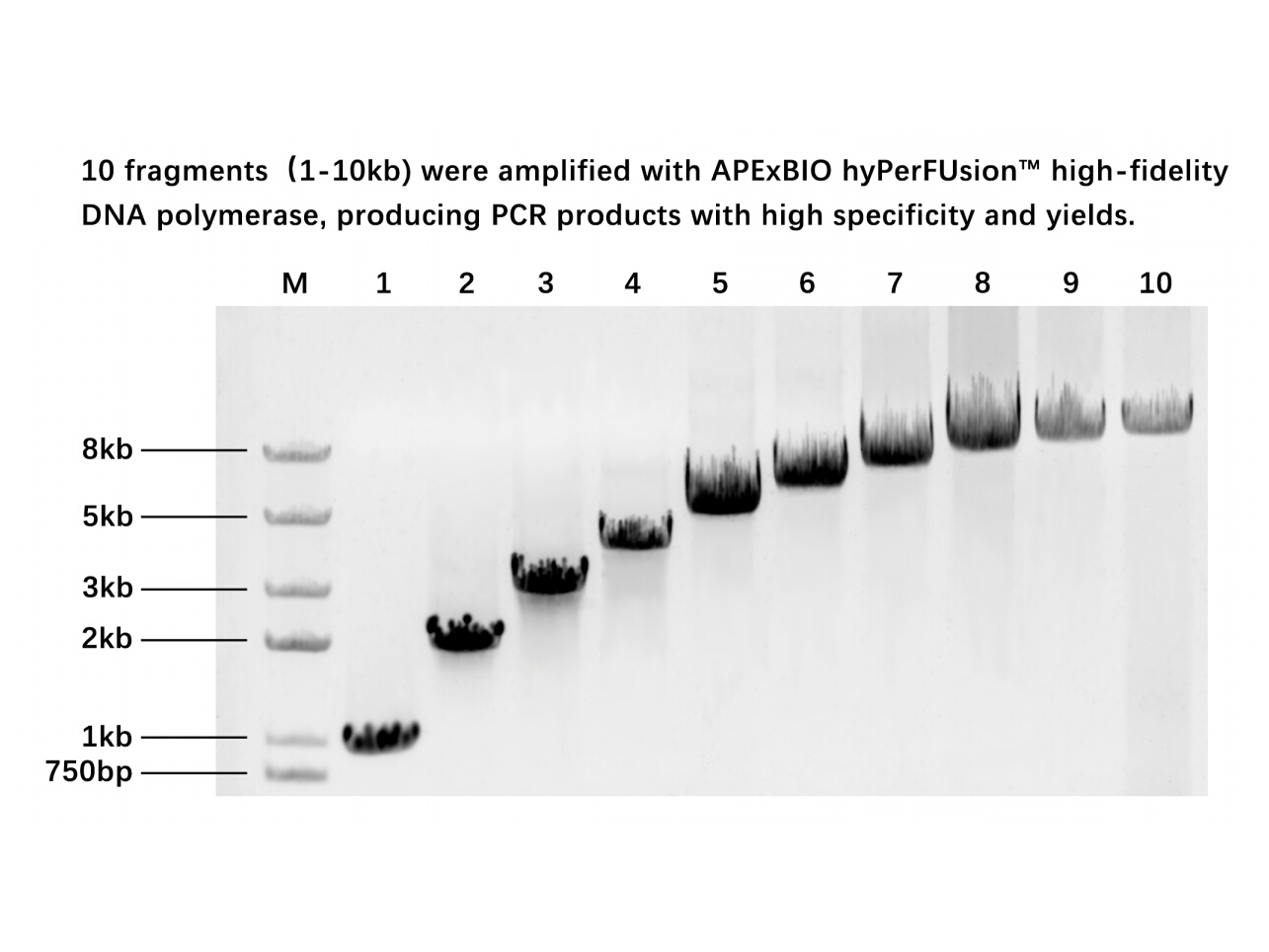
We propose two hypotheses to interpret our findings. The first, ELR (+) CXC chemokines stimulate both CXCR-1 and CXCR-2 chemokine receptor while activating neutrophils; however CXCR-1 chemokine receptor seems to play more active role in the process of neutrophil migration as shown in previous studi
-
The observed increase in Bdnf mRNA
2020-09-29
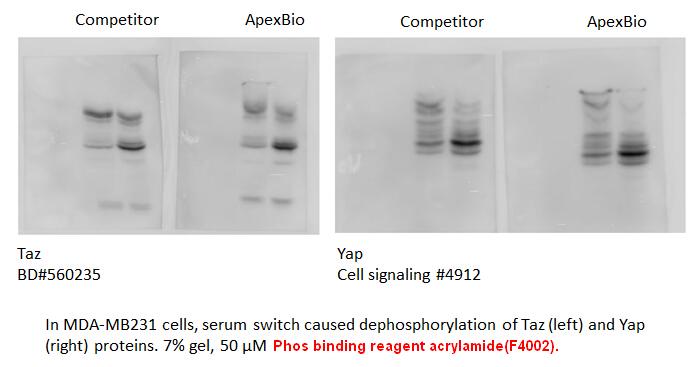
The observed increase in Bdnf1 mRNA occurred 1 h after treatment indicates participation of BDNF in early plasticity and subsequently mnemonic processes. Most of the evidence regarding the importance of BDNF for memory formation derived from electrophysiological studies that utilized the molecular c
-
The pyrrolo benzodiazepines PBDs are a family
2020-09-29
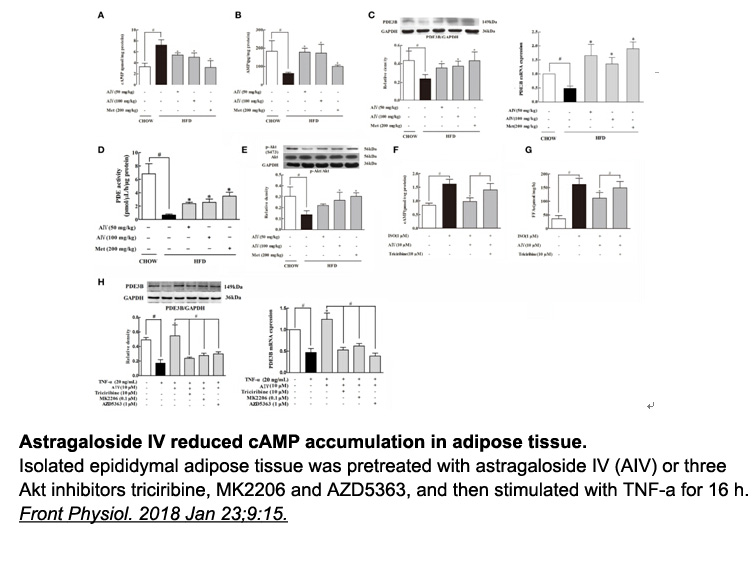
The pyrrolo[2,1-][1,4]benzodiazepines (PBDs) are a family of antitumour antibiotics that includes the natural products anthramycin and DC-81. They exert their cytotoxicity by covalently bonding to the exocyclic C2–NH group of guanine residues in the minor groove of DNA through their N10–C11 imine fu
-
The final test that was
2020-09-29

The final test that was performed was to determine whether the trigger points of the current limiters are stable across a wide temperature range. This test was performed within a thermal-vacuum chamber on each current limiter individually. All the current limiter trip currents were set to approximat
15148 records 801/1010 page Previous Next First page 上5页 801802803804805 下5页 Last page